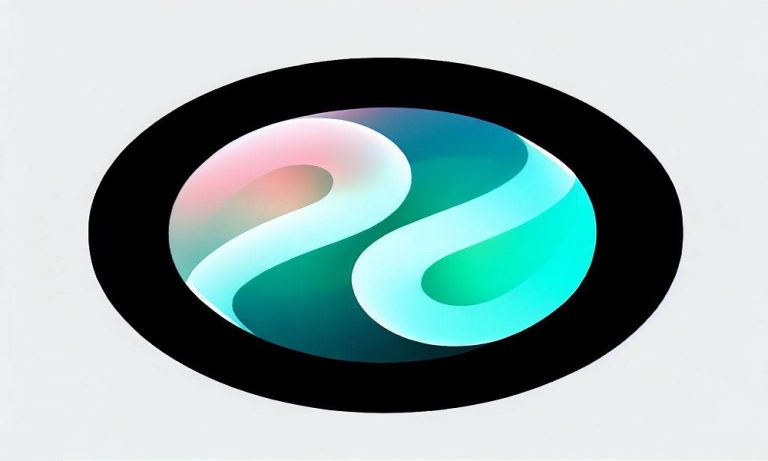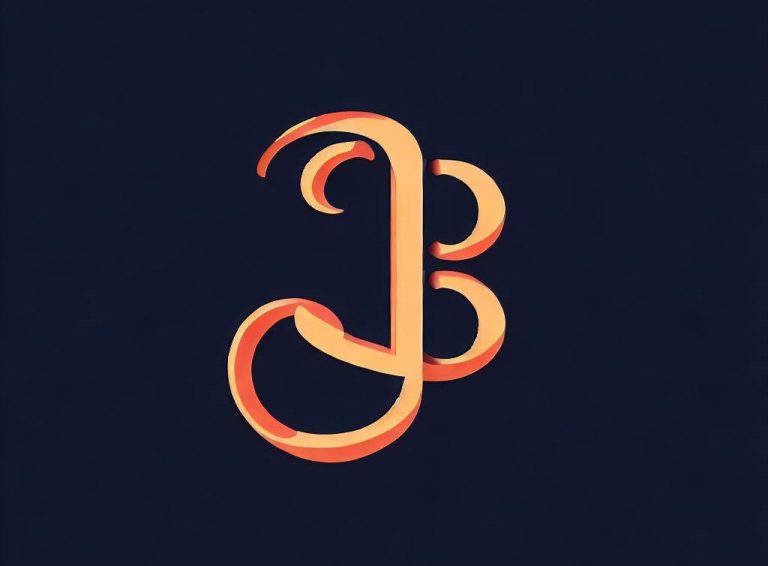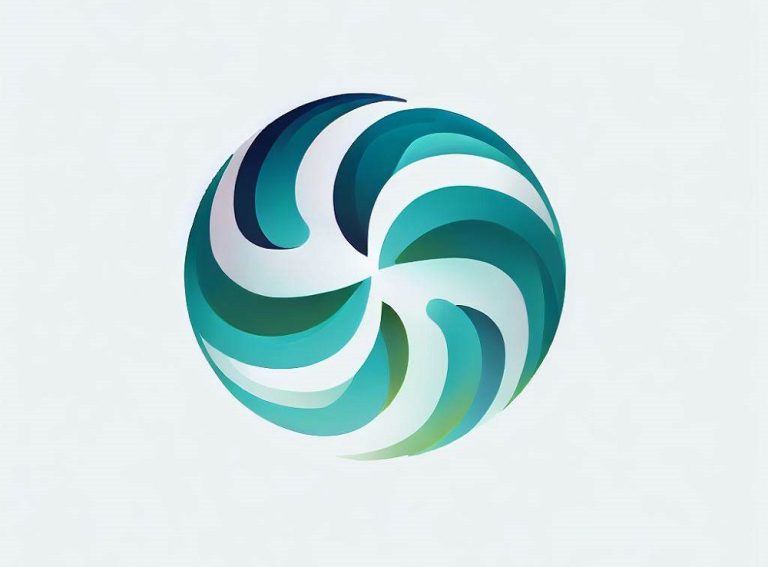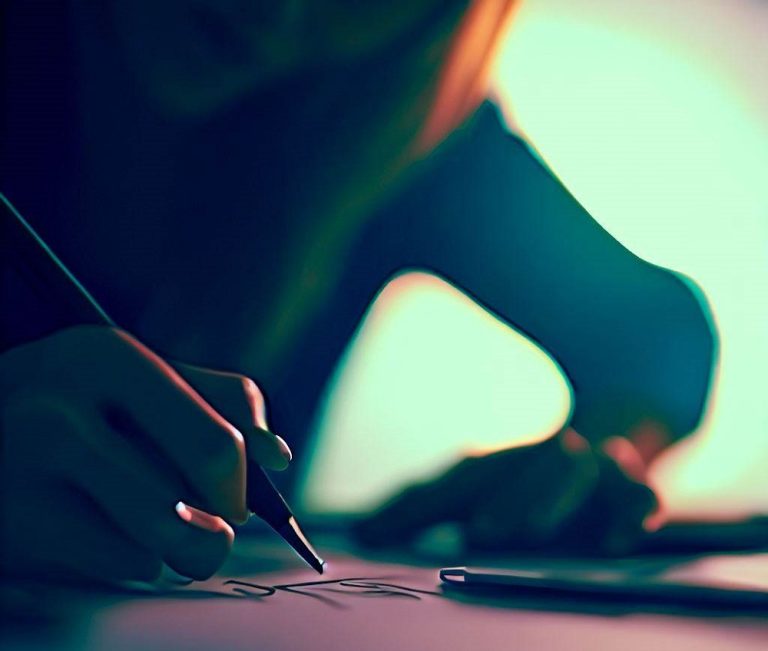Logo Design Process: A Step-by-Step Journey From Research To Finalization
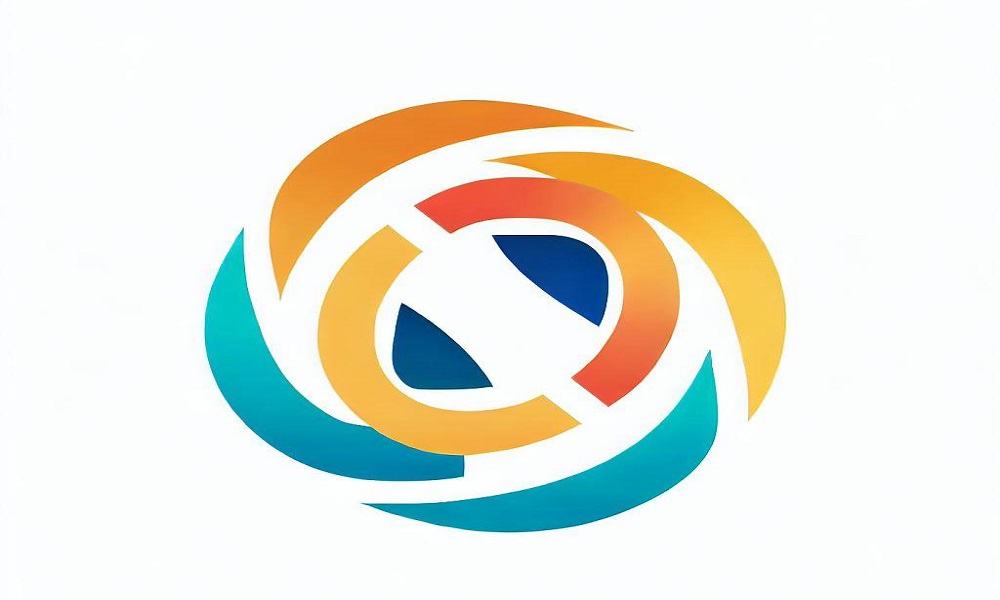
Behind every successful logo lies a meticulous and creative design process. Understanding the step-by-step journey that designers undertake can provide valuable insights into the world of logo design.
In this blog post, we will explore the logo design process, from initial research and brainstorming to sketching, digital rendering, and finalization. By grasping the intricacies of each stage, aspiring designers can gain a deeper appreciation for the craft and develop a solid foundation for their own logo design endeavors.
Contents
Logo Design Process: Understand The Step-By-Step Process Of Logo Design
1. Research: Uncovering the Brand and Audience
The logo design process begins with thorough research to gain a deep understanding of the brand, its values, target audience, and industry landscape. Research involves studying the brand’s history, mission, and competition.
It also entails conducting audience analysis to identify preferences, demographics, and key touchpoints. This research phase provides the designer with insights and knowledge to inform the subsequent design decisions.
2. Brainstorming and Concept Development
Armed with research findings, designers embark on the brainstorming stage to generate a range of creative ideas and concepts. This phase involves exploring different directions and experimenting with visual elements, typography, and imagery that align with the brand’s identity. Brainstorming sessions encourage free thinking, allowing for the exploration of innovative and unique approaches to logo design.
3. Sketching and Drafting
Sketching is a critical step in the logo design process as it allows designers to quickly iterate and visualize their ideas on paper. Through sketching, designers can refine shapes, explore compositions, and experiment with different design elements. Sketches provide a tangible foundation for translating concepts into digital designs while fostering creativity and spontaneity.
4. Digital Rendering and Refinement
With the preliminary sketches as a guide, designers move on to the digital rendering phase. This involves using design software to translate hand-drawn sketches into digital formats. Designers experiment with various typography, color schemes, and visual elements, refining the design and iterating based on feedback and critique. Digital rendering allows for greater precision and flexibility in exploring design possibilities.
5. Finalization and Presentation
The finalization stage is where the refined logo design comes to life. Designers make final adjustments, ensuring the logo meets technical requirements, maintains visual balance, and achieves scalability across different mediums.
This stage involves meticulous attention to detail, reviewing proportions, spacing, and overall aesthetics. Once the logo is polished and approved, it is presented to the client or stakeholders for feedback and final approval.
Logo Design Trends: Creating Fresh, Modern, and Relevant Designs
Conclusion
The logo design process is a journey that begins with research and culminates in a finalized, impactful logo. Each step, from research and brainstorming to sketching, digital rendering, and finalization, contributes to the evolution and refinement of the logo design.
Understanding this process provides designers with a structured framework to approach logo design projects. By embracing the iterative nature of the process, incorporating creativity and thoughtful decision-making, designers can create logos that effectively represent brands, engage audiences, and leave a lasting impression in the visual landscape.

